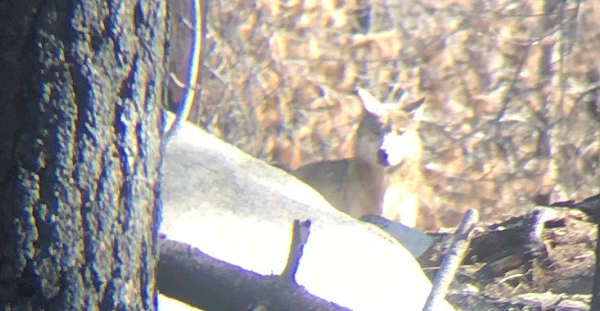- California Department of Fish and Wildlife
- Posted On
CDFW and Tule River Tribe of California name recently discovered wolf pack

The wolf pack discovered this summer in Tulare County will now be called the Yowlumni Pack.
The pack was found in the Sequoia National Forest in proximity to the Tule River Tribe of California’s reservation and ancestral lands.
The California Department of Fish and Wildlife, or CDFW, is honored to partner with the tribe on formally naming the pack.
The tribe shared that the name Yowlumni comes from the Yowlumni band of the Tule River Yokuts.
“This was described by my mother, Agnes Vera, who was born on the Tule River Indian Reservation in 1926,” said Vernon Vera, a Tule River tribal elder. “She was the last fluent speaker of Yowlumni until her passing in 2010. She taught that the Yowlumni were speakers of the ‘Wolf Tongue.’”
CDFW is thankful for the tribe’s assistance in naming the Yowlumni Pack and connecting the cultural significance of the pack in the region to its name.
After months of collecting DNA samples for analysis and attempting to collar one or more wolves in the Yowlumni Pack, CDFW was successful in capturing and collaring an adult female wolf on Dec. 5. She is approximately 7 to 8 years old and 85 pounds.
CDFW staff will monitor her movements to glean information about the pack including determination of its home range, use of habitat, potential for livestock conflict and other data.
Based on the results of the DNA analyses and subsequent observations, CDFW learned that the pack consists of a breeding pair and six pups. CDFW previously reported there were four.
Information about California’s wolves, including current information about existing packs, wolf biology, conflicts with livestock and CDFW’s wolf management plan can be found at www.wildlife.ca.gov/Conservation/Mammals/Gray-Wolf.




 How to resolve AdBlock issue?
How to resolve AdBlock issue? 




